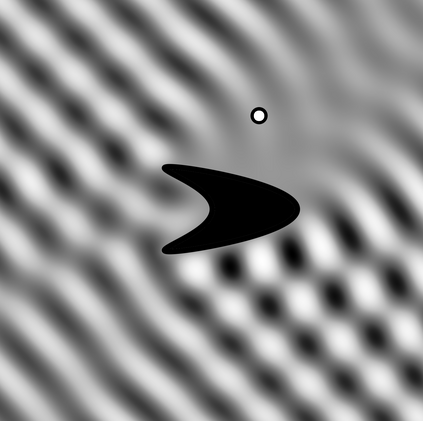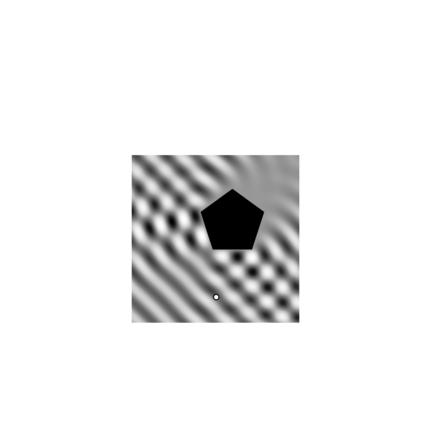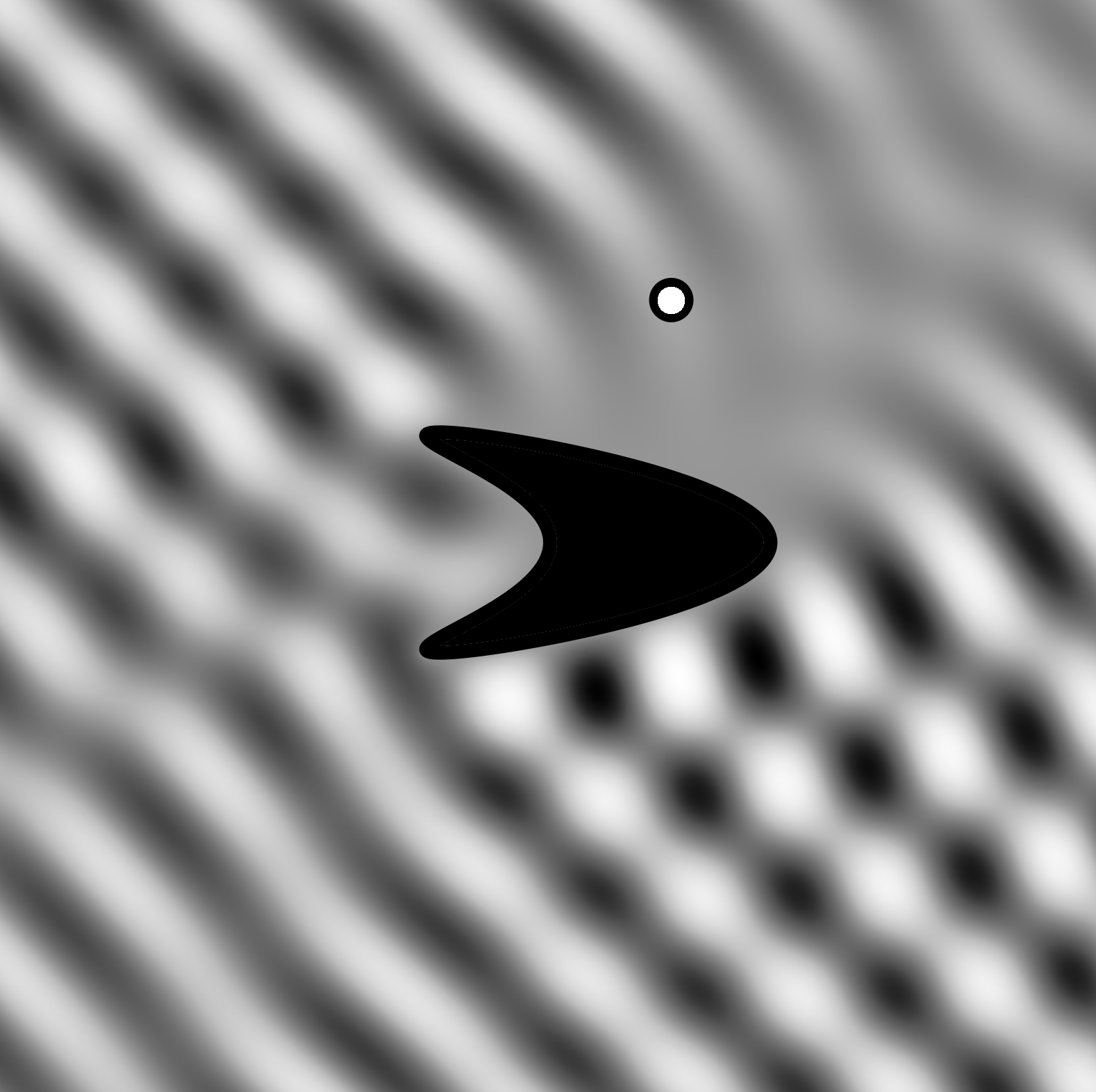Collocation boundary element methods for integral equations are easier to implement than Galerkin methods because the elements of the discretization matrix are given by lower-dimensional integrals. For that same reason, the matrix assembly also requires fewer computations. However, collocation methods typically yield slower convergence rates and less robustness, compared to Galerkin methods. We explore the extent to which oversampled collocation can improve both robustness and convergence rates. We show that in some cases convergence rates can actually be higher than the corresponding Galerkin method, although this requires oversampling at a faster than linear rate. In most cases of practical interest, oversampling at least lowers the error by a constant factor. This can still be a substantial improvement: we analyze an example where linear oversampling by a constant factor $J$ (leading to a rectangular system of size $JN \times N$) improves the error at a cubic rate in the constant $J$. Furthermore, the oversampled collocation method is much less affected by a poor choice of collocation points, as we show how oversampling can lead to guaranteed convergence. Numerical experiments are included for the two-dimensional Helmholtz equation.
翻译:与 Galerkin 方法相比, 集成方程式的合用边界元素方法更容易实施, 因为离散矩阵的元素是由较低维度的构件提供的。 出于同样的原因, 矩阵组装也需要较少的计算。 但是, 与 Galerkin 方法相比, 合用方法通常会降低趋同率和稳健度。 我们探索过份的合用合用点能够提高稳健率和趋同率的程度。 我们发现, 在某些情况下, 集成率实际上可能比相应的加勒金方法高, 尽管这需要以比线性速度更快的速度多采样。 在大多数实际感兴趣的情况下, 以一个不变系数来过度采样至少降低差错。 这仍然可以是一个显著的改进: 我们分析一个实例, 以恒定系数$J$( 导致一个以美元为单位的矩形系统) 来改进误差, 以恒定美元为立方的立方速率。 此外, 多采样的合用方法不会受到错误的影响, 因为选择合用不同的合用点, 我们显示超维度可以导致保证的正维等等式实验。







